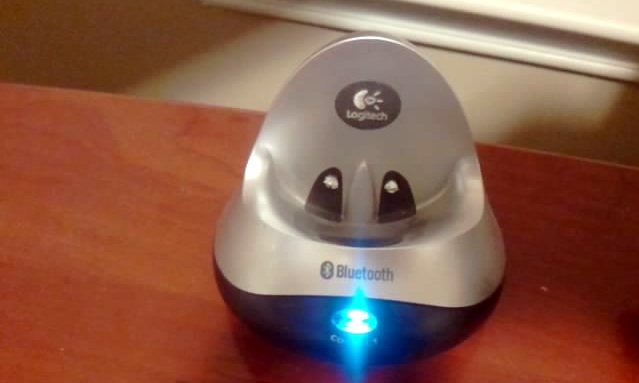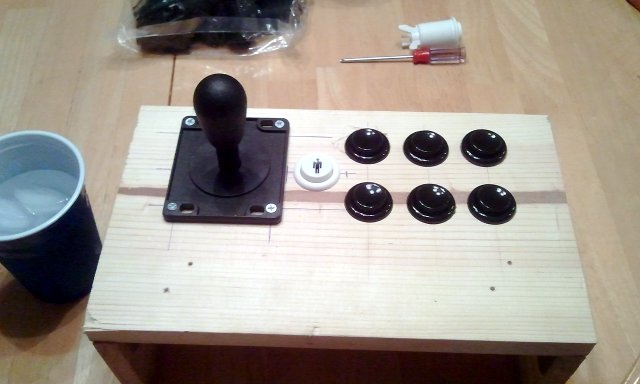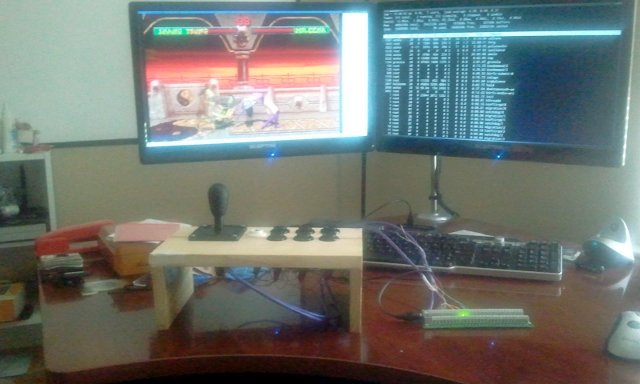After quite a few months we are finally past the planning stage and starting to build something. I am very happy with the progress we are making so far.
We bought two 4’ x 8’ sheets of 5/8” particleboard and had Lowes cut them in half for us to make it easier to transport them home with us. Our quick whiteboard sketches told us we wouldn’t be gaining any useful pieces of board by keeping them whole. We will definitely have no problem at all making the entire cabinet out of these two 4’ x 8’ sheets of particleboard.




Cutting the Slots
Cutting the slots in the boards with the table saw was easier than either of us expected. The first set of slots we cut were extremely snug and it was VERY solid when we assembled it most of the way. We were worried that it would be too hard to disassemble later on if we ever have to move the table, so we cut the slots a bit wider. We took off about half of a saw blade’s worth of material off the outside of each slot.
It slides together much more freely now but it still does a very good job of keeping itself square.
We cut shorter slots in the sides to mount the control panel boards. We probably made two minor mistakes here. We should have cut these slots to be very snug and we didn’t really leave enough room for the slots on the skinnier sides to get much bite. We’ll just end up having to use some screws to keep the control panels in place.
I’m very happy with the progress so far. We have about four hours invested so far. I certainly didn’t expect to get the rough control panel boards cut and fitted so quickly.
The Next Steps
The next time we get a chance to work on it, we will probably be mostly making cuts with a jigsaw, and sanding.
We are going to cut the corners on the control panels round. We also want to cut some curves into the outsides of the “legs.” We think it will look better if it isn’t just a square pound-sign-shaped box.
We are also going to cut out some of the bottom of the box to make a bit of extra room for feet and legs. We aren’t three-and-a half-foot-tall eight-year-old kids eating pizza and playing games in an arcade anymore. Now we’re six-foot-tall adults eating pizza and playing games at home, and we need to be comfortable!
Hopefully we will be able to make time to work on it for another few hours within the next week or two.







